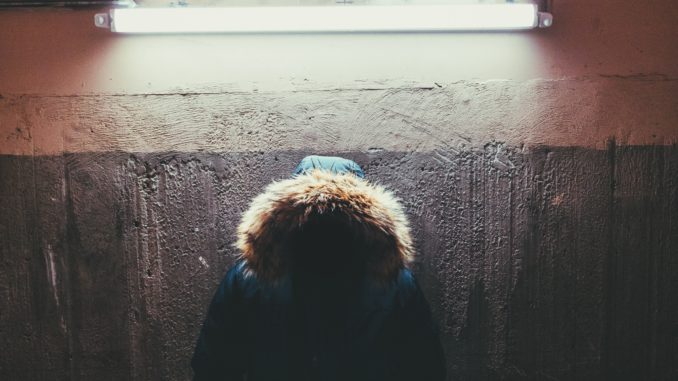
Tired of dim light in your garage, hallway, office, or kitchen? Follow these steps to easily upgrade a common roof-mounted light fixture to a bright and efficient fluorescent light fixture.
Step One: Isolate the Circuit
However tempting it may be to simply turn off the light switch while working on the light, always disconnect power at the breaker. Also, if you do not own a voltmeter or multi-meter, you really should. As soon as you open a fixture or junction box, you are taking your own life into your hands. Always assume every wire is live, and double check with a voltmeter to ensure the wires are really dead.
Step Two: Disconnect the Old Light
Most residential lights require hot, neutral, and ground wires which should be clearly marked and easy to disconnect. The hot will be black, red, or blue, but the neutral will always be white. The ground will likely be bare copper or, rarely, green. Use wire nuts (marettes) and cap off the wire ends while you prepare the new fluorescent light fixture.
Step Three: Prepare the New Fluorescent Light Fixture
Remove the cover and set it aside. All fluorescent light fixtures will have a ballast, a rectangular box with wires sticking out, and tube sockets for bulbs. Find a wiring diagram either in the instruction manual, or more frequently printed directly on the ballast. The vast majority of homes use 120V AC, but if you are not sure, carefully turn the breaker back on. Next, use your voltmeter to check the voltage at your capped wires.
Step Four: Prepare the Ceiling Box
Your new light fixture will usually have small knockouts sized for 1/2” conduit fittings either on the back or on the ends. Some will even have a large hole meant to fit directly over a roof mounted octagon box. This simplest option often lacks the geometry and/or studs to make it happen. Directly covering the box with the fixture may be impossible.
In that case, use a box extender, which is essentially a box without a bottom. It attaches directly to the existing box and protrudes from the roof. Next, you can use armored cable (BX cable) and connectors to join the fixture to the side of the box extender. With this method, you also have the freedom to move the light as far as you would like from the original box. Remember to use a blank cover on the box extender.
Step Five: Mount the Light
Depending on the size of the fixture, you may need a helper. Never use the top two rungs of a stepladder. Attach the light to at least one stud, and use drywall anchors for the rest. Finally, run the wires into the fixture.
Step Six: Terminate and Test
Connect the wires as shown. You might see the diagram refer to L1 and L2. L1 is the hot, L2 is the neutral. Remember to use linesman’s pliers to twist solid copper wires together before using a marette. Also, ensure the ground wire is securely fastened.
Once all wires have been terminated, tug gently on them at the connection points to make sure they are secure. Try to twist the extra wire in the fixtures into small bundles. This makes installing the cover easier. Wires should not be poking out the sides when you reattach the cover.
Finally, install the bulbs. Most tube sockets require a half-rotation of the bulb to lock them in place. Always keep power disconnected while installing or removing bulbs. Once the bulbs are in place, turn on the breaker. Your light is now installed and ready to use.

